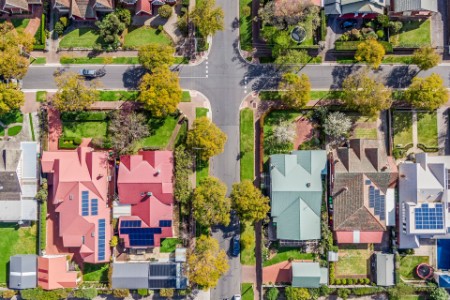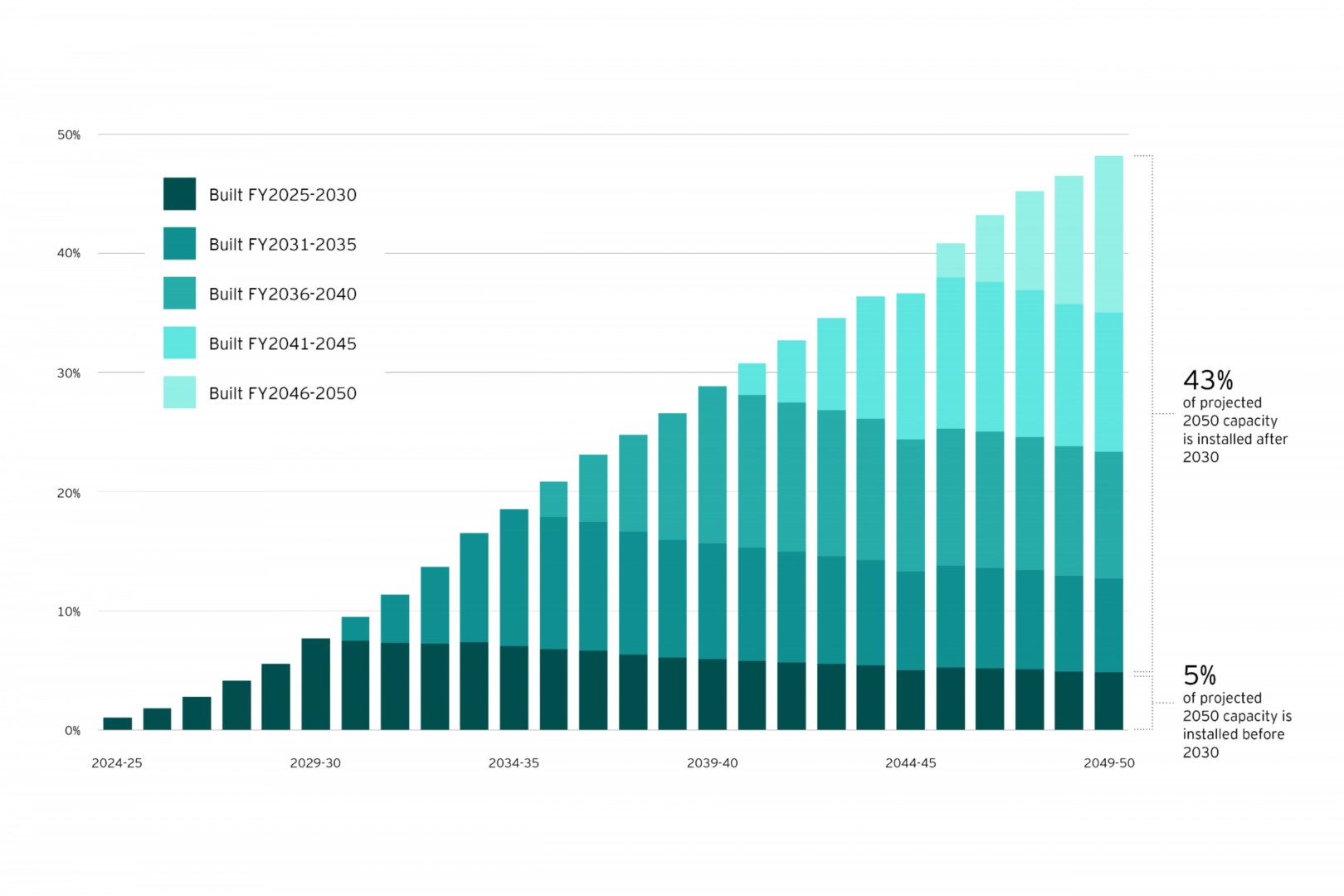From little things, big things grow
To achieve the level of DER orchestration outlined in the ISP, a high proportion of customers will need to opt into allowing third parties to orchestrate their DER and deliver electricity services to the grid.
Success requires market settings to enable and incentivise progressive levels of DER participation, as the value provided increases with the scale of DER assets available for orchestration.
DER customers should have a choice in how they want to use their connection to the grid, whether that is to remain on a static connection or to switch to a dynamic connection with greater exporting capability (offering larger financial benefits). Other participation options could include new time-of-export pricing, or smart EV charging options.
Well-designed customer products will deliver value to customers with little or no impacts on how they use their DER.
Once customers’ awareness and trust are built, participation must scale dramatically.
We need a new approach to make Distributed Energy Resources work work for everyone
Reducing complexity and establishing the right frameworks and ground rules early on is crucial to achieving affordable and reliable energy for everyone.
Australia has the opportunity to build on our globally leading deployment of household solar PV, and increasing battery and EV installations. But unless something changes, DER is unlikely to deliver on its full potential.
While DER uptake is continuing at speed, customers are signalling that they are not ready to make the leap into orchestration. Betting on business as usual would thus be a high-risk gamble.




